Top 10 Ear Training Tips
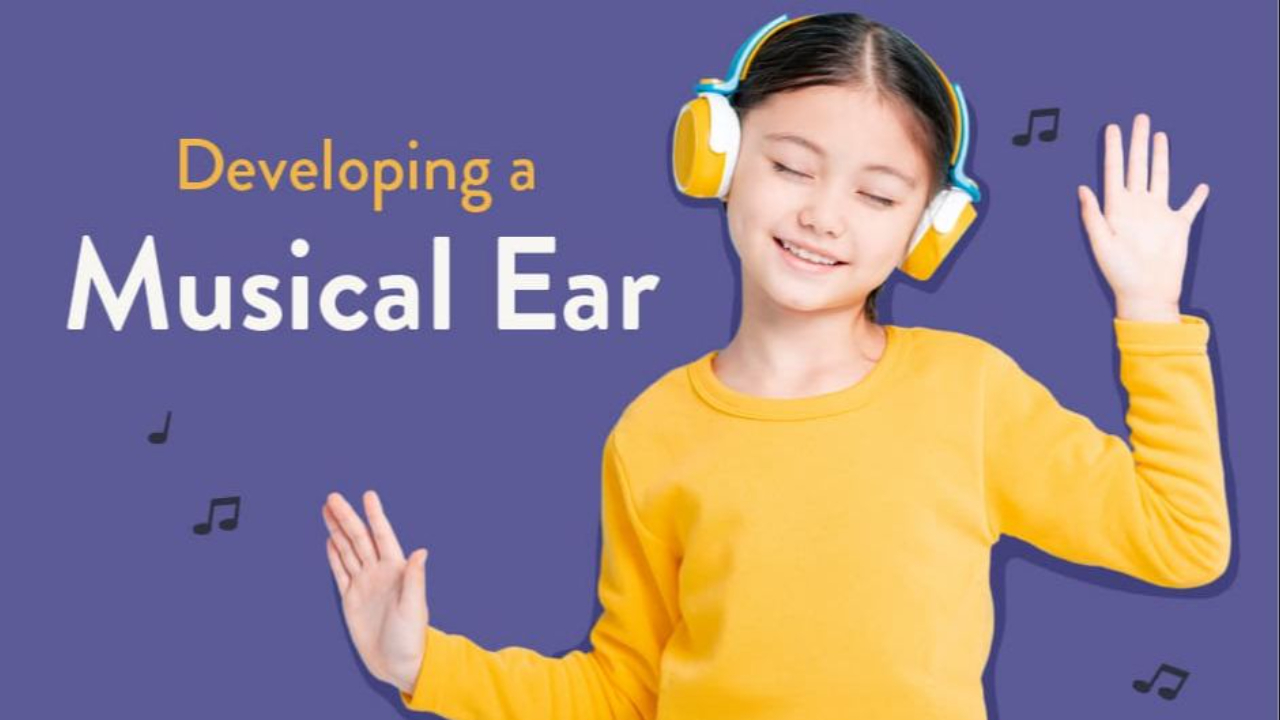
Ear training is a critical part of a well-rounded musical practice. Unfortunately, it is also one of the things that musicians tend to neglect or forget about. That’s totally understandable—ear training is hard! Many people don’t even understand how to train their ears and others do it completely the wrong way.
But once you master musical hearing and build a strong inner ear, it opens up a whole new world of musical freedom that improves every aspect of your musical performance. This results in much greater confidence, joy, and fulfillment from playing music.
In this article, we’re going to show you ten tips that you can apply to your ear training practice to start seeing improvement right away. We’ll show that ear training doesn’t have to be difficult or take too much time—in fact, when you use the right method, you can start seeing progress with as little as 20 minutes a day.
Ready to expand your horizons and become a stronger musician than you ever thought you could be? Read on for some ear-training music tips!
What is Ear Training?
Before we dive into our ten tips, let’s quickly talk about what we mean when we say “ear training” in music.
Ear training is the process of understanding musical chords, notes, scales, etc. by ear alone. This means you can identify notes and chords when you hear them, and that you are able to imagine or recall them at will. This process uses your “inner ear” to audiate, or hear the music inside your head.
Training the inner ear in this way requires you to do a lot of listening, repeating, and singing (or humming.) You should be able to produce notes on your own, without the aid of an instrument. This means you should be able to match pitch with your own voice when you hear a note.
If you can’t match pitch yet, don’t worry, it’s a common starting point. We can get you there! Keep reading and you’ll understand how we’ve successfully helped hundreds of students who once had the same issue.
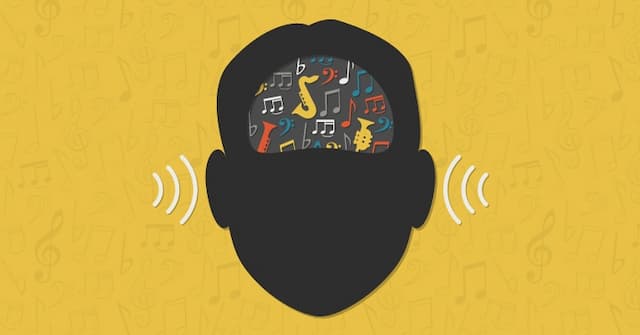
10 Basic Ear Training Tips
Okay! So now that we have a basic understanding of what ear training in music is and why it’s important, let’s dive into our top ten music tips and tricks for making the most of your ear training practice.
Start With the Basics
Ear training skills develop following a specific progression. As with any ability, there are basic skills such as singing the scale and pitch matching, and more complex ones, such as recognizing a jazz melody and harmony by ear.
These skills build upon each other in a pyramidal fashion. If you’re just starting out on your ear training journey, it doesn’t make sense to start with something very difficult (for example, working on recognizing intervals - as done in many apps). Doing so will only lead to failure and frustration, and may even make you quit before you’ve given ear training a real shot.
Don’t skip the basics! Doing so will build a weak foundation that won’t support more complex skills down the road. Even if singing the scale seems mundane, it’s a foundational skill that will form the basis of your practice.
Check out this video to learn more about the fundamentals of how to train your ears.
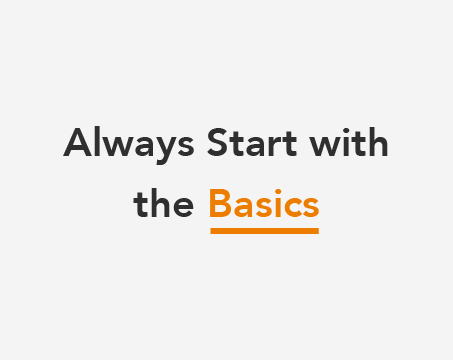
Practice Regularly
Ear training practice doesn’t have to take over your whole life, but it should be done regularly in order to see improvement. Just like going to the gym, consistent daily practice is better than cramming everything in once a week.
You wouldn’t expect to become physically stronger by trying to lift three hundred pounds once a month. In fact, this is a great way to injure yourself, get frustrated, and ultimately quit. Similarly, you shouldn’t expect to strengthen your inner ear by practicing for ten hours once a month. You won’t retain your knowledge between sessions, and you will have to start from scratch every single time.
We recommend 20 to 30 minutes a day to see improvement in your ear training skills. That’s it! As long as you are using an effective method (which we’ll discuss below) you will see improvement when sticking to this schedule.
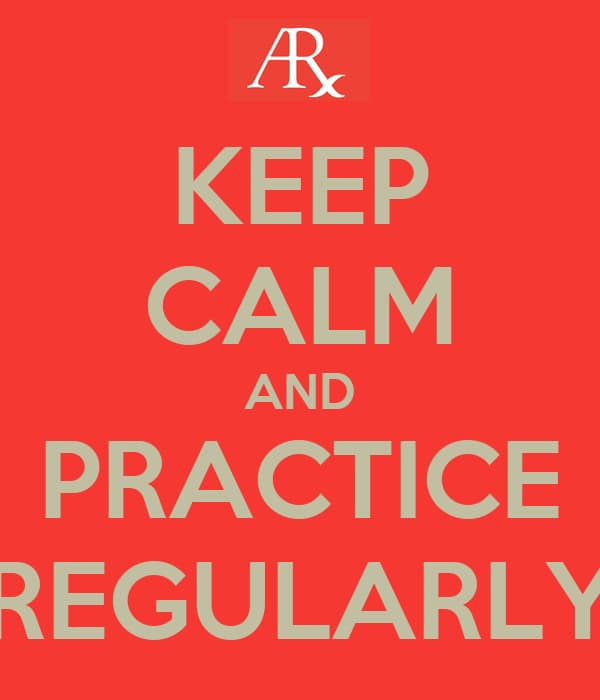
Apply Targeted Exercises to Overcome Obstacles
There is a large set of unique sub-skills that all converge to support the cognitive processes required for ear training. Too often, musicians neglect certain sub-skills and only focus on those skills that already “feel good” or that they think are the best to acquire.
When you are practicing, you need to make sure you are taking into account all the various sub-skills required to perform ear training tasks quickly and intuitively.
One example of a sub-skill that gets frequently overlooked by musicians is short-term musical memory. This means the ability to retain a simple melody line after hearing it only once. Another sub-skill that is often neglected is the ability to analyze a melody once you have retained it. You might have a great short-term musical memory, but lousy analysis skills or vice-versa.
In both of these scenarios, the exercises you practice should be designed to address the weakness in your skill set. This allows you to solve a specific issue more efficiently, see much faster progress, and make sure that your training is going in the right direction.
Use a Tonal-Based Approach
An effective ear training method uses a tonal approach. A tonal approach always grounds your ear in tonality at the beginning of any exercise, task, etc. This means that you are required to create a mental image of the key and to make sure you perceive the sound of the key before you start trying to recognize notes, chords, etc. within that key.
A tonal approach is essential in order to internalize the sonic sensation of each note within the scale and understand the “key color”. Interval-based approaches will never allow you to feel and internalize this sonic sensation, or to understand the function of the notes you are hearing within the context of a key. Check out this video for a more in-depth explanation of the sonic sensation or “color” of notes within a key, and how this concept is supported by serious scientific research.
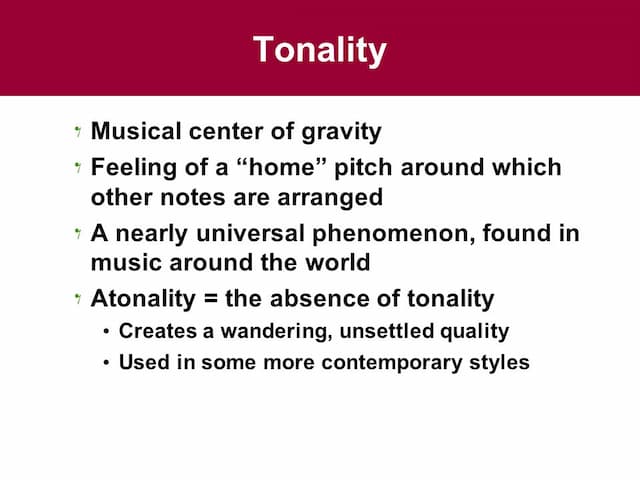
Avoid Interval-Based and Chord-Quality Exercises
If you’ve tried to master ear training in the past and only become frustrated, you were likely relying on an Interval-based approach. Unfortunately, this type of ear training method is very prevalent, especially on the internet and in many free ear trainer apps.
An interval-based approach requires you to recognize and recreate intervals in isolation, without any grounding in tonality or harmonic context. This could mean simply hearing a major third and being asked to identify that it is a major third, without knowing where in the scale this interval occurs.
The reason this is so ineffective is that musical intervals do not occur in a vacuum—they occur in specific locations within a scale. Many scientific studies have shown that sonic sensation of a note or chord changes dramatically depending on the harmonic context in which it is found.
For example, there is a major third between Do (1st degree of the scale) and Mi (3rd degree of the scale), and another major third between Sol (5th degree of the scale) and Ti (7th degree of the scale). However, these intervals sound completely different, because they occur in different places in the scale.
If all you’ve ever done is learn how to recognize a major third in isolation, you will struggle when you hear those two different major thirds played in context—you may not even recognize them as major thirds! It is far more effective to internalize the sonic sensation of the different scale degrees—which is exactly what you learn when using a tonal approach to ear-training music exercises.
Chord quality exercises are another ineffective method of ear-training that involve listening to a chord and being asked to identify whether that chord is major, minor, etc. While it can be useful to understand whether a chord is major or minor, it is far more useful to understand where the root of that chord falls within a scale, and subsequently, what the sonic sensation and function of that chord is within the key of the musical piece.
Train Your Musical Memory
Short-term musical memory is your ability to retain notes that you hear. If you can’t even remember the notes of a simple melodic line, how are you going to analyze, recognize and eventually play back those notes?
Short-term musical memory is context-dependent—meaning, we retain the tonality that is implied by the melody more easily than we retain the details of the actual melody. We build a mental representation of the tonality before we even retain the exact pitches of the melody.
This is another reason why it’s so important to practice a tonal approach when you practice ear training. This feature of our perception of pitch has been shown by serious studies such as “Immediate Recall of Melodies” by Sloboda and Parker.
You should start training your musical memory with short, simple melodic lines. Practice just two or three notes at a time at first. Once you can remember and repeat a few notes, move on to longer and more complicated lines. Don’t rush! And remember: always ground yourself in tonality by playing a I IV V I chord sequence before you begin.

Sing or Hum Along
Did you know that, if you are a beginner, just singing along to music is one of the easiest and most effective ways to train your ear? Pitch matching—or being able to sing a pitch when you hear it—is a crucial, foundational skill of ear training.
Before you freak out—it is not necessary to become a singer or have a great voice to do this. Just humming along is sufficient. But it is necessary to at least hum. Producing the notes with your own voice is a key step in hearing the music inside your own head and recognizing it without the aid of an instrument.
You might be tempted to use your instrument. Don’t! As soon as you pick your instrument and start using it to reproduce the pitches, you are no longer relying on your own cognitive processes to produce the sound. This will only serve to make you dependent on your instrument in order to recognize the notes, and you will never develop your ability to independently imagine and interpret the sounds inside your own head.
Use Visual Aids
If you are an instrumentalist, one thing you can do is visualize or imagine the pitches on your keyboard or fretboard. This is different from actually playing the notes on your instrument because you are imagining where the pitches fall inside your own head. It still requires you to use your own mental processes to create/imagine the sound.
This is essential in developing a seamless connection between your ear and your instrument so that you can gradually learn how to play whatever sounds you can think of, without any trial and error in between.
Another useful visual aid, especially for singers, is the solfege scale. Picturing the syllables in your mind and visualizing where each pitch falls within that hierarchy gives you a structure and a framework within which to operate.
Rather than thinking “that is a major third” you can think “that was a jump from Do to Mi” and picture where those two notes lie in the scale. This is way more useful because music always has a key and knowing where you are within that structure makes it much easier to orient yourself pitch-wise.

Test Your Skills on Real Music
The ultimate goal of ear training is to become better at creating and analyzing music and performing in real musical situations. So you should practice exercises that replicate real music (like tonal-based exercises instead of isolated intervals) but you should also apply your skills to real music consistently.
Real music is infinitely more complicated than ear-training exercises and even specially-designed music for ear training will ever be. This is as it should be: ear-training music exercises help you build specific skills and strengthen the areas in which you are weakest. They should focus on specific areas and problems. However, once you have achieved a certain proficiency in these skills, you should put them to use in real situations.
Applying your skills to real musical situations will be challenging, but it will also be when you learn the most and grow the most as a musician.
Practice Smarter, Not Harder
There is nothing more frustrating than spinning your wheels and getting nowhere. If you are not seeing noticeable improvement in your ear training skills within a few weeks, it’s likely that the method you are using is not effective, or that you are practicing incorrectly.
In this case, it’s important to step back and re-evaluate what you’re doing, as opposed to simply working harder or doing longer sessions. It can be hard to admit that you need to go back and work on foundational skills, or that you need to scrap your current approach and try something new—but ultimately, you will make much faster progress when you do this.
Most of the apps and software that you find online to practice ear training are not designed by expert ear training teachers. They can't give you feedback, or tell you where you are going wrong, so they won't allow you to practice smarter. That’s where our ear training method is different. Read on to learn more!
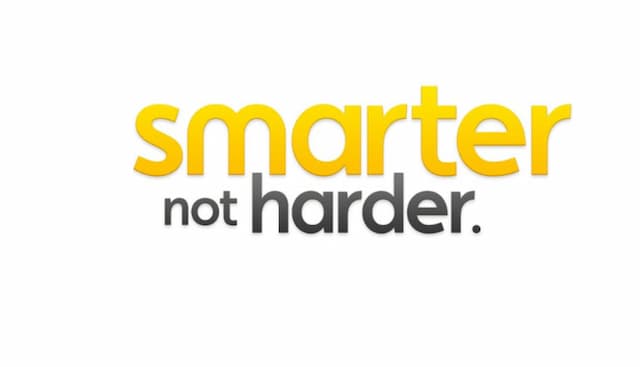
Start Right Now! - A Groundbreaking Ear Training Method
If you’re ready to commit to an effective ear training practice that will level up your musicality then we highly recommend checking out the Use Your Ear courses.
Our method is the only science-based, step-by-step approach currently available, and it has already helped thousands of musicians skyrocket their level of musicality, even when every other ear training method failed them in the past. We designed our method to tackle the fundamental issues people have with ear training and to give you feedback and assignments tailored to your specific level.
The Use Your Ear Relative Pitch Video Course is our most popular course and one that our students rave about. In it, you will be guided through a science-based, step-by-step approach, tailored to your specific level. Our method, crafted from a combination of scientific research and years of one-on-one teaching experience, is designed to work for you no matter your current level or age.
Our gradual approach consists of manageable exercises that build on one another, ensuring consistent progress and steady improvement. You'll practice effective exercises and you’ll be amazed at how much you can improve your inner ear within a few short months.
Not sure you’re ready to commit to a course? Sign up for our Free Ear Training Workshop to get a taste of what we have to offer. This exclusive three-hour online session provides you with personalized exercises to practice and take with you. You'll learn how to self-assess your current level using our guidance, and receive practical direction tailored to your needs, as well as gain a deeper understanding of the concepts behind our method.
Our workshop includes clear explanations of the most important scientific findings related to the human brain’s perception of musical pitch. You will walk away knowing how to build an effective ear training routine for yourself, and (more importantly) you’ll know which exercises to avoid and why.
For those looking for highly tailored feedback and support, we also offer 1-on-1 Lessons. You’ll be paired with a private tutor who is a qualified expert in teaching the Use Your Ear method. Your tutor can help you pinpoint trouble spots and weaknesses and guide you with specific exercises and feedback for your unique situation.
Our courses are effective for every level. Even if you’ve failed at ear training in the past, we guarantee you will make progress using our method. Stop typing “how to train ear” and “how to ear training” into Google and get in touch today to start learning how to train your ear the right way!

